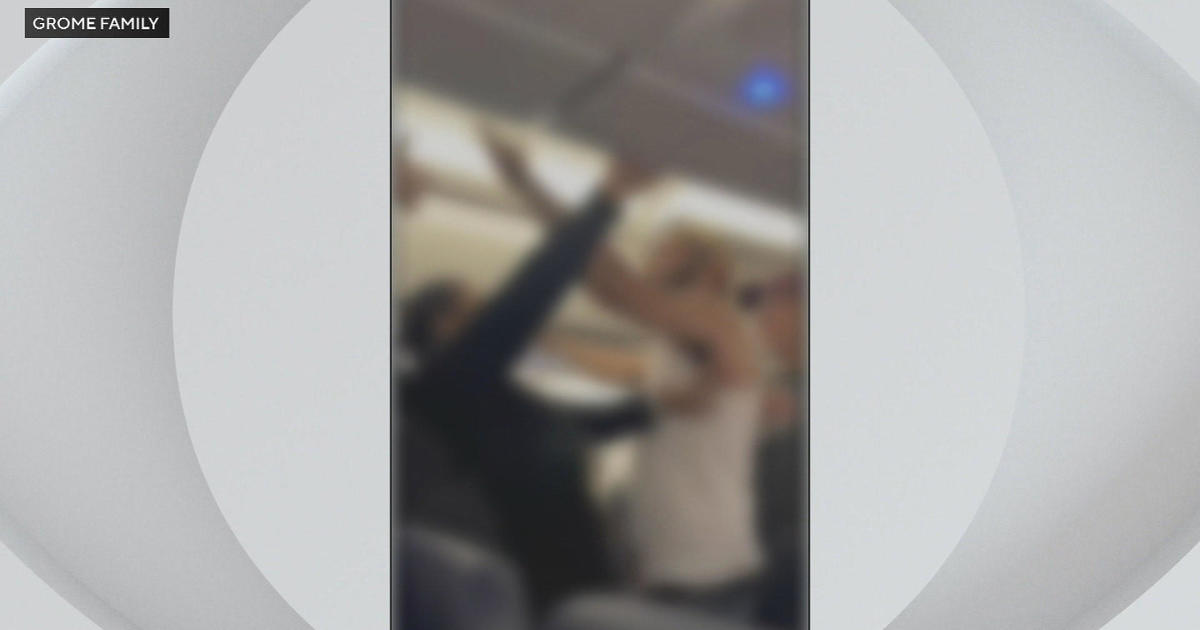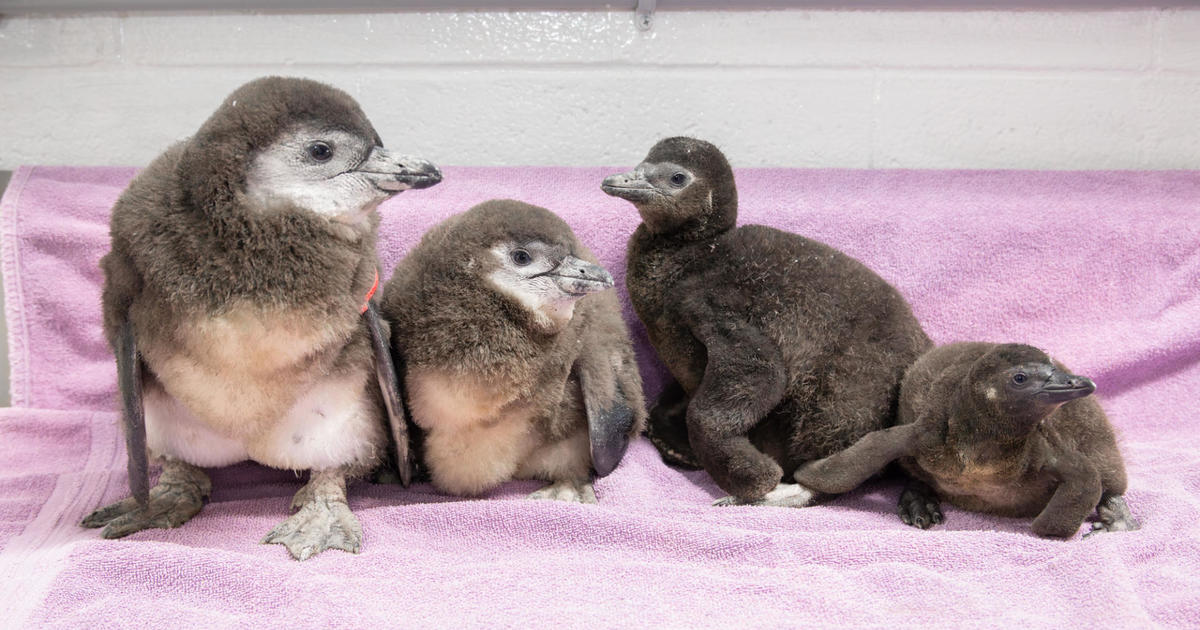Marathon bombing survivor Heather Abbott reflects on 10 year anniversary, with focus on foundation's future
BOSTON - Ten years after the explosions at the Boston Marathon finish line that forced doctors to amputate part of Heather Abbott's leg, she says the biggest change in her life is her work with the foundation she built to help other amputees. "If someone had told me that I would be doing this ten years ago, I never would have believed them," Abbott said. "But it's been an unexpected blessing, I think, for me."
The creation of the Heather Abbott Foundation is also a blessing for its beneficiaries. The foundation helps amputees pay for prosthetics that insurance won't cover-which includes almost anything beyond the most basic option. Running blades, swim legs, high heels-these are all vital to helping people live full lives. But insurance companies don't consider them "medically necessary." (Prosthetics typically have to be replaced every three to five years.)
Heather delights in sharing the news with beneficiaries that they have been chosen to receive a special prosthesis. "Not only is it incredibly rewarding to hear somebody on the other end of the phone when you tell them that you're going to give them this prosthetic device," Abbott said. "But then to hear about the things they're able to do with it and how it's changed their life provides me a huge sense of joy."
Since its inception in 2015, the Heather Abbott Foundation has awarded "custom" prosthetics to more than 100 beneficiaries. "Not only have we been able to help many amputees obtain prosthetic devices that they otherwise couldn't afford, but I think it was a very significant part of my own healing process," Abbott said. "To be able to, first of all, give back to a community that was very generous to me when I was injured and also to kind of make sense out of a senseless thing that happened by being able to pay it forward."
She remembers the conversation that sparked the idea for the foundation. A teenager who was 17 or 18-an amputee from the time she was a year-old-contacted Heather after seeing Heather's high heel prosthetic. The teen was hoping that her parents would buy her a similar prosthetic as a high school graduation gift so that she could wear it to her prom. "When I told her that it cost tens of thousands of dollars, she responded with, 'Well, I guess I can either go to college next year or get this prosthetic leg.' That really, I think, was what initiated my thoughts on finding a way to help people get what I had, which was so important to my recovery," Abbott said.
Hillary Miller knows what it feels like to receive a high heel prosthetic and the difference it makes. She was the first Heather Abbott Foundation beneficiary. Hillary lives with neurofibromatosis, a genetic condition that results in tumors on nerve endings in her foot. From the time she was 11 until she had part of her leg amputated in 2014, her shoe choices were limited. She wore only flip flops and UGGs before the surgery. After receiving the prosthetic through the foundation, Hillary discovered a sense of freedom (and femininity) she had never known. "I enjoyed going shoe shopping for the first time and having nice shoes to wear. And just being able to dress the way I want," Hillary said.
She says the fact that insurance companies don't take into account the emotional benefit of a prosthetic that allows for movement and improved appearance is short-sighted. "It really is a big part of getting back to your new normal," Hillary explained.
Arthur Graham, a certified prosthetist and Next Step Bionics and Prosthetics clinical manager agrees. Prior to the injury, disease or incident that results in limb loss, he says, many people are probably active. "To suddenly have that taken away due to the limitations of your prosthetic device, it's almost like being injured again," Graham said.
He says it is painful to have to explain to a patient that he can't make a high heel prosthesis or an adjustable foot because it's not covered by insurance. "Heather's been just wonderful about coming in and providing things that regular insurance won't cover," he said.
Exhibiting a range of prosthetics and leg covers, Arthur Graham is particularly proud of the advances that have been made in prosthetics since the marathon bombing and the change in attitude toward limb loss since the attacks. "Suddenly it was OK to talk about limb loss... It normalized it in some ways. For that to come out of such a horrible tragedy, that was one of the most positive things that happened," he said.
For Heather, the friendships that grew out of that terrible day are also an ongoing source of support. She remains close to a number of fellow survivors-some of whom she will see in the week leading up to the 127th running of the Boston Marathon. On race day, she will be at the foundation's "watch party" at the Back Bay restaurant Rochambeau, cheering on the members of the Heather Abbott Foundation marathon team. "To be able to see them so close to that goal. They've worked so hard all year-a good six to nine months of training and fundraising-and they're just, they're almost there. It's just a great moment. I really look forward to that!"
The team's fundraising will help future beneficiaries enjoy more active, fuller lives. Heather's goal for the next ten years is to help more beneficiaries. One very positive development, she says, is the foundation's recent relationship with a company in Denmark that provides lower-cost running feet. "It's worked out for us tremendously because we've been able to increase the number of beneficiaries that we can help by using these lower-cost prosthetics that seem to be working out well," she said.
Heather says, even since 2013, prosthetic devices have come a long way. She currently has five: a running leg, a high heel leg, a flat leg, a "basic prosthetic" that she uses in the winter and a leg she wears in the shower. She says she will always be grateful for the generosity and support that made it possible for her to have the devices. She says, with gratitude, she looks forward to celebrating Marathon Monday with supporters and beneficiaries. "There's a lot to look forward to," she said.





